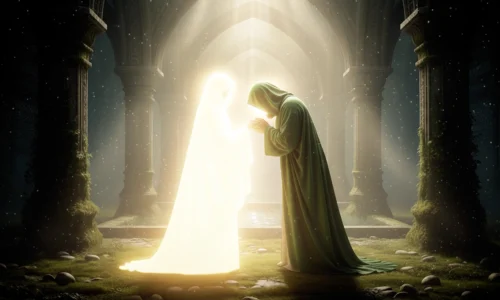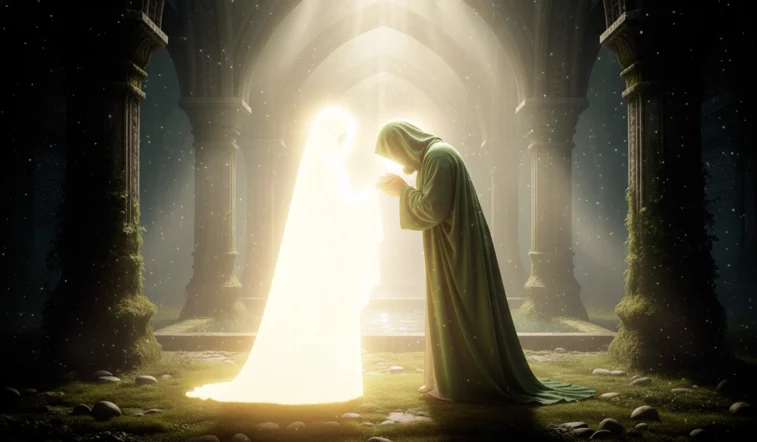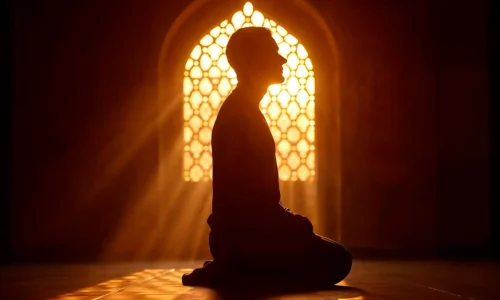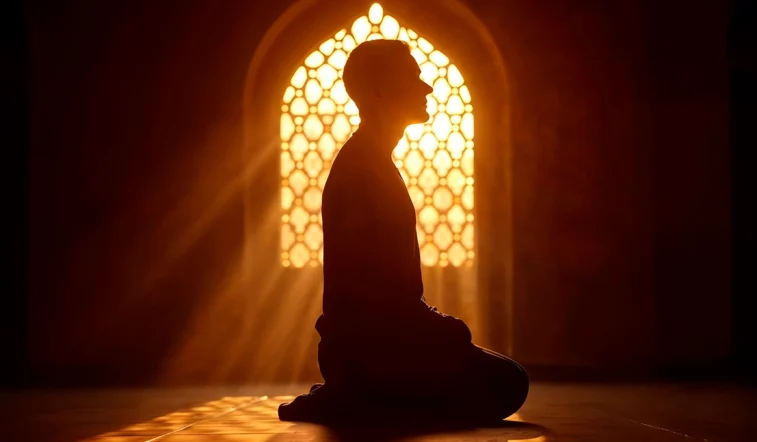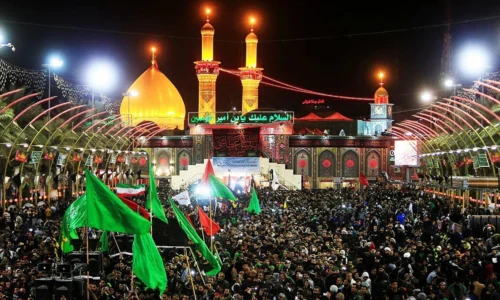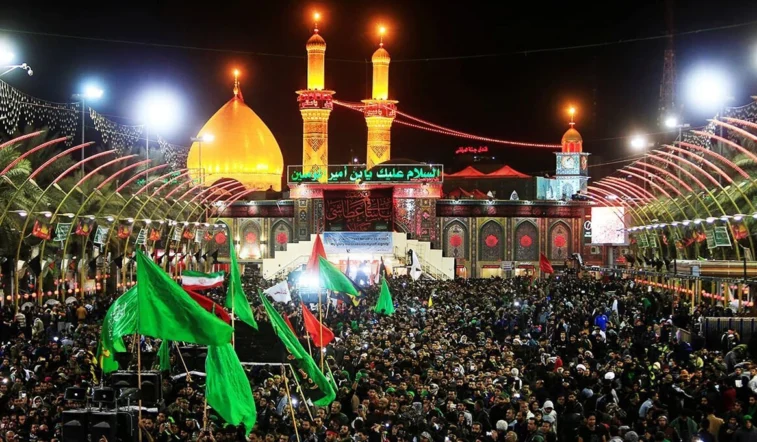The belief in Imam Mahdi (peace be upon him)—the divinely guided savior who will appear before the Day of Judgment to establish justice and peace—is a central doctrine in Islamic eschatology, especially in Shia theology. Yet despite its deeply spiritual roots and widespread reverence, belief in the Mahdi has often been met with opposition, skepticism, or neglect. But why?
This article explores the surprising and sometimes unsettling reasons why some individuals or institutions reject, deny, or minimize the concept of Imam Mahdi, revealing the deeper social, political, and ideological forces at play.
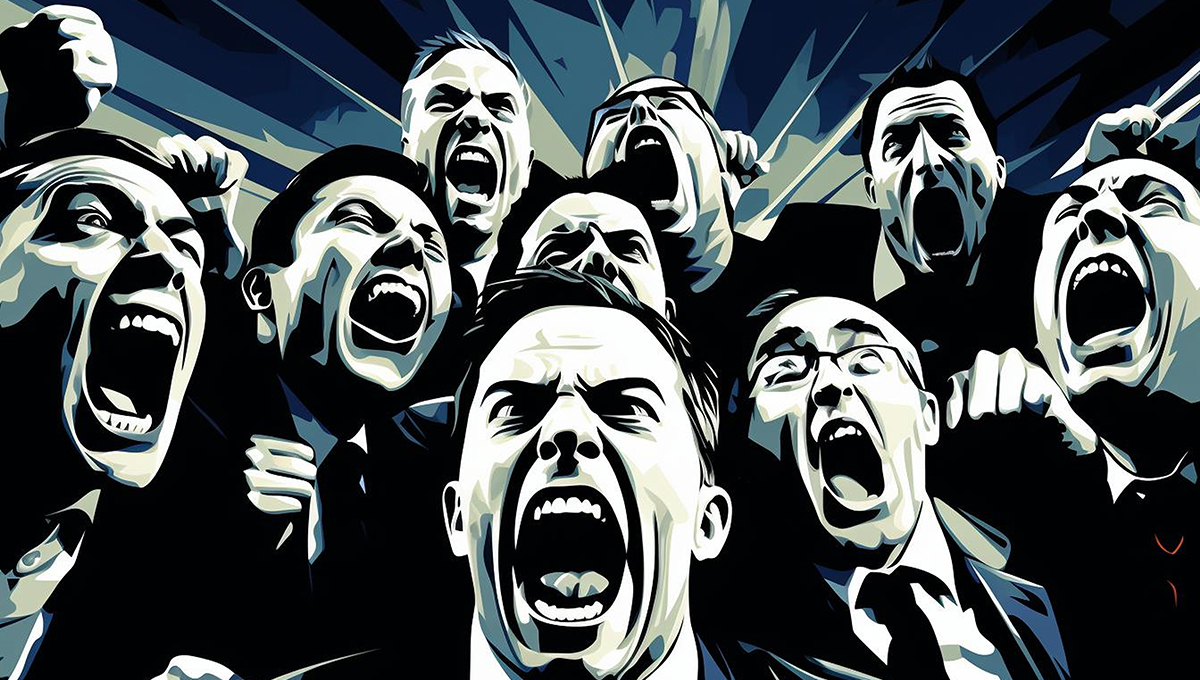
1. Skeptics and Atheists: A Clash With Secular Worldviews
For those who reject religious faith altogether, particularly atheists or materialists, the idea of a hidden savior who will return to restore global justice is often viewed as:
- Mythical: Skeptics may categorize the Mahdi alongside other “supernatural” messianic figures, dismissing him as a comforting legend rather than a historical or future reality.
- Psychological wish-fulfillment: Some psychologists and secular thinkers argue that the Mahdi belief stems from humanity’s deep yearning for justice in an unjust world, not from divine truth.
- Anti-rational: Because the Mahdi’s occultation involves unseen realities and divine timing, critics rooted in rational empiricism often find the doctrine implausible.
But the irony is: while denying the Mahdi, many still acknowledge the need for global justice—an aspiration that the Mahdi’s mission directly addresses.
2. Political Authorities: Fear of Revolutionary Change
Throughout history, many rulers and political regimes—both in the Muslim world and beyond—have viewed the belief in a powerful, divinely backed savior as a threat. Why?
- Fear of Uprising: The Mahdi is not just a spiritual figure—he is a reformer and leader who will challenge oppression. This has historically inspired movements and revolts, especially among the marginalized.
- Challenge to Legitimacy: Governments that rule through tyranny, corruption, or secularism may feel their authority undermined by the expectation of a just divine leader.
- Control of Religion: State-aligned religious authorities may downplay or censor Mahdist beliefs to prevent the rise of independent movements fueled by eschatological hope.
Example: Several governments throughout Islamic history, particularly during the Abbasid and Umayyad periods, actively suppressed belief in the Mahdi or persecuted his followers to maintain political control.
3. Certain Religious Groups: Theological and Sectarian Disagreements
While belief in the Mahdi exists in both Sunni and Shia Islam, the interpretations and details vary significantly, sometimes causing:
- Sectarian skepticism: Some Sunni scholars may acknowledge the Mahdi but not the Shia-specific doctrine of the Twelfth Imam being in occultation. Others may consider the belief to be an innovation (bid’ah).
- Neglect or deemphasis: Some Islamic movements, particularly those focused on present-day reform, political activism, or jurisprudence, may downplay eschatological figures in favor of “practical” religion.
- Internal fragmentation: Even within Shia communities, over-intellectualization or political distractions can reduce the felt significance of awaiting the Mahdi’s return in daily life.
Result: A doctrine meant to unify and inspire believers can become a point of division or marginalization when its spiritual meaning is forgotten or politicized.
4. Misunderstandings and Misrepresentation
Opposition sometimes comes not from malice but from misinformation. Misunderstandings about the Imam Mahdi include:
- He’s just for Shias: Many assume the Mahdi is a purely Shia concept, overlooking the fact that he is mentioned in both Sunni and Shia hadith literature.
- It’s only symbolic: Some reinterpret the Mahdi allegorically, stripping the concept of its historical and theological depth.
- Too “supernatural” for modern minds: In an age dominated by science and technology, some find it difficult to accept eschatological figures whose roles transcend natural laws.
Such views often arise when spiritual doctrines are not taught clearly or when cultural shifts marginalize religious eschatology.
5. The Deeper Reality: Why This Opposition Matters
The resistance to Imam Mahdi’s message—whether from skeptics, politicians, or religious reformists—often reveals a deeper discomfort with what he truly represents:
- A call to justice in an unjust world
- A divine standard that exposes the failure of man-made systems
- A challenge to the ego—since awaiting the Mahdi requires submission to a higher moral authority
In this sense, the opposition is not just about denying a future figure—it’s a rejection of the values he represents: truth, humility, courage, and unwavering commitment to justice.
Conclusion: Awaiting Despite the Noise
The opposition to Imam Mahdi is not new, and it is not surprising. Any figure who represents radical justice, divine authority, and spiritual renewal will inevitably face resistance in a world that often prioritizes power, comfort, and control.
Yet for the true believers, this opposition only affirms the urgency and truth of his mission.
Awaiting Imam Mahdi is not just about believing in his return—it’s about living his values today, resisting corruption, seeking truth, and preparing the heart and society for the day he rises.
“The one who awaits our matter is like the one who is drenched in his own blood in the way of Allah.”
— Imam Jafar al-Sadiq (a.s)
